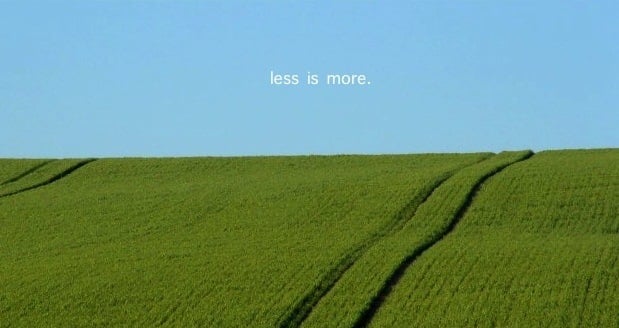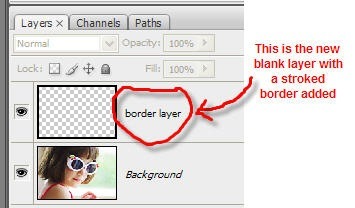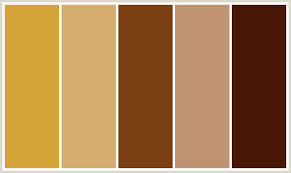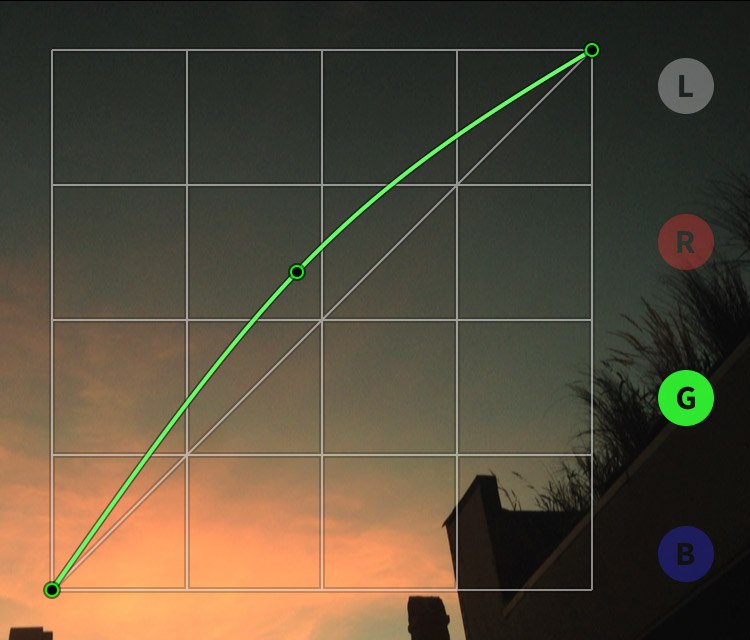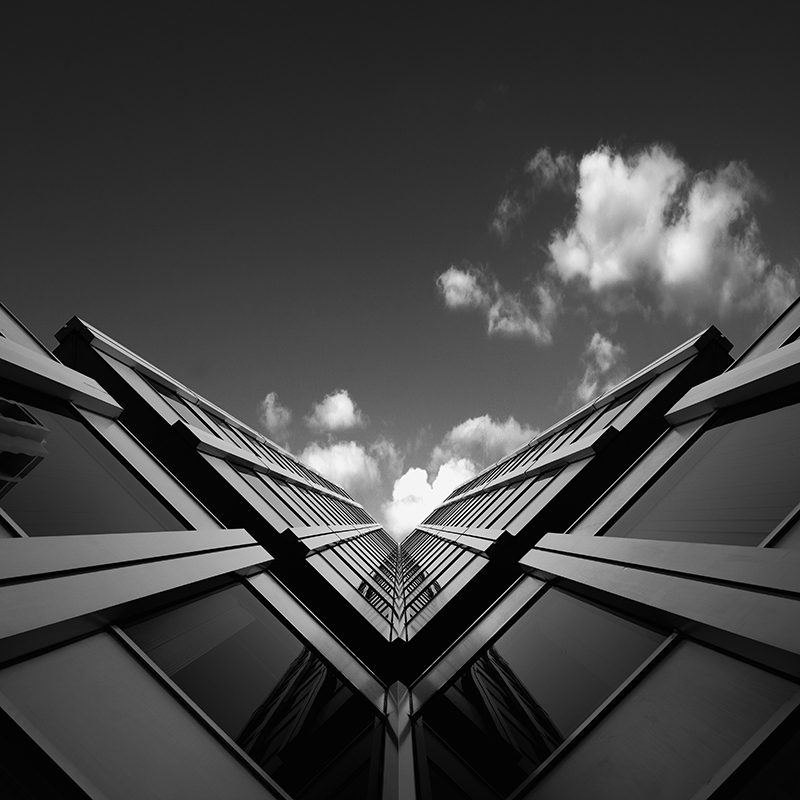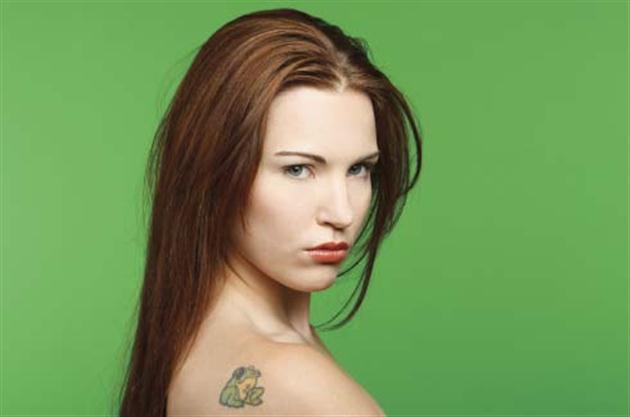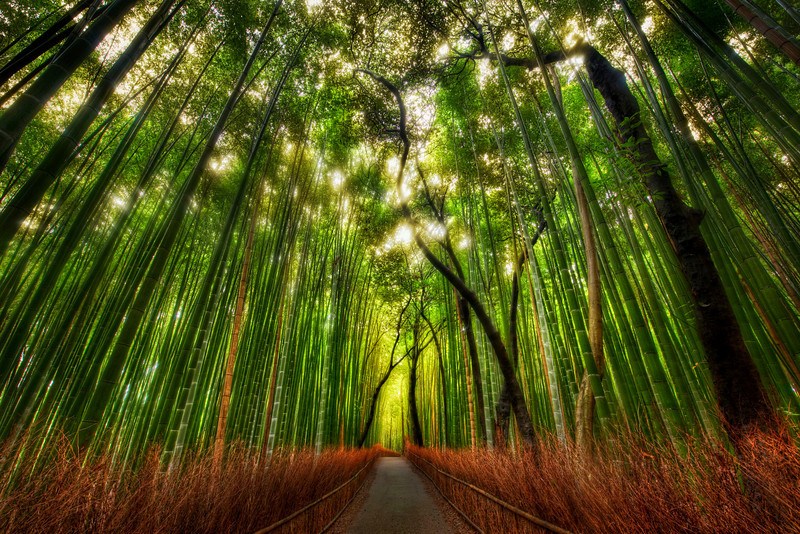15. Less is more
The old rule of thumb still stands and is a good base to use when photo editing. Too many edits will make your photo unnatural, blur lines and create color contrasts that dull the photo. You don’t want to fall victim to over-editing. The absolute best photos start with a good photo, when your camera is set right and the lighting is perfect. We know this can be a hassle, especially when we are new to taking photos and want to really exercise our editing talents.
14. Best skin smoothing techniques
When you want to smooth skin features, take it slow and work next to the original image so you can easily identify when you have over-edited and the skin begins to look plastic. The plastic Barbie doll look, while at one very brief moment in time was fashionable, lost ranking long ago and is a very common mistake that new photo editors make when trying to get the appearance of perfectly smooth skin.
13. Over-cropping can be tragic
If you are working for a client and want to set up the picture to be displayed perfectly, make sure you know exactly what photo application will be used. The best picture is the full picture; print it out and see what you have got before you cut and edit. When working for a client make sure that you know how they will use the photo to make sure you get the perfect crop.
12. Understand layers and actions
Another huge mistake made when editing is not using the layer and action techniques correctly. This simply makes the photo look like a child was playing with your editor. You can get superior quality from a photo when applying professional layering techniques, but this takes a lot of practice–make sure you put in the time.
11. Selective coloring is over
This is a great example of how selective coloring can just make your photo look weak and unprofessional. The contrast is blurred by the muddy back image and the color is too much, has too crisp of an outline, and simply just does not pop like it should.
10. Keep backgrounds crisp
We all love those timeless photos where the surreal background creates the perfect fade into the main item in your photo, but this can be a very tricky effect to create in editing. It can often look very unnatural and says more about over-editing than taking good quality photos. If you want a fade in, it is best to set the camera and get the quality you want when you take the shot.
9. Muddy colors don’t make good black and whites
Crisp black and whites will always be a favorite but if you have a photo with muddy colors and want to make it a black and white to enhance the detail, you are out of luck. No amount of editing can create the crisp lines you will be looking for. Transferring muddy colors to black and white just creates a muddy gray photo.
8. Know your curves
When you go into adjusting colors and shadows, you need to understand the curves and how to layer and create the contrast within the photo without creating a collage of overlapped shadows and blurred colors. Curves take a lot of practice. Most editors, when new to photo editing programs, will either avoid or overuse the fascinating feature. Remember: practice makes perfect.
7. Keep monochrome features light
When getting the perfect monochrome feature, less is often better and you want to scale it down as little as possible. Using deep sepia tones are often unnatural and will create a photo that is muddy and overdone.
6. Sparkling eyes can be too much
Getting the perfect sparkle in the eyes can be tricky. The less you do, the more natural the effect. You do not want the figure in your image to look like a creature from another planet with overdone eye features. Keep it simple.
5. Bright white teeth that jump off the page
Having a bright smile with pearly white teeth can be engaging, but if you over-whiten the teeth it is very easy to spot and makes the photo look fake. You do not want the focal point of your image to be a huge set of blaring white choppers. Once again, less is more.
4. Extractions can be the death of your photo
Unless you prepared your original photo using a green screen and other props, it is almost impossible to extract an image and make it fit the way it should, even for seasoned professionals. It is best to try and create the photo you want the first time around.
3. Go easy on textures
If you are a big fan of the gaming effects and lots of textures, then of course you can play all day with the neat features and new textures you will find in editing programs. However, for a realistic photo effect, textures can be too much.
2. Incredible HDR effects
Images with HDR effects can be mesmerizing. When done properly, it can take an average photo to an artistic level. This is a really neat tool, but takes a lot of practice to use. You need to set up the camera right when taking the photos to make sure they transfer to the HDR effect you want to create.
1. Know your editing program, inside and out
New users and veteran editors to often go gaga over new apps and features, and try too hard to incorporate them into photos too soon before they get the full aspect of the feature. When using any editing program, make sure you understand the feature you want to explore.
The basics of any editing program requires practice to manage. If you want to create the perfect edits and make your photos pop with a professional zeal, you need to do your homework. The most common mistakes are made because the user simply does not understand the program and either tries to over use them or does not know how to fix the simplest issues and does not use the helpful features available. To avoid mistakes and common errors, read the information and guides provided, watch the how to videos and practice, practice practice. Check some reliable free video editing program list here. Featured photo credit: Photo Manipulation/AnNamir™ c[_] via flickr.com
